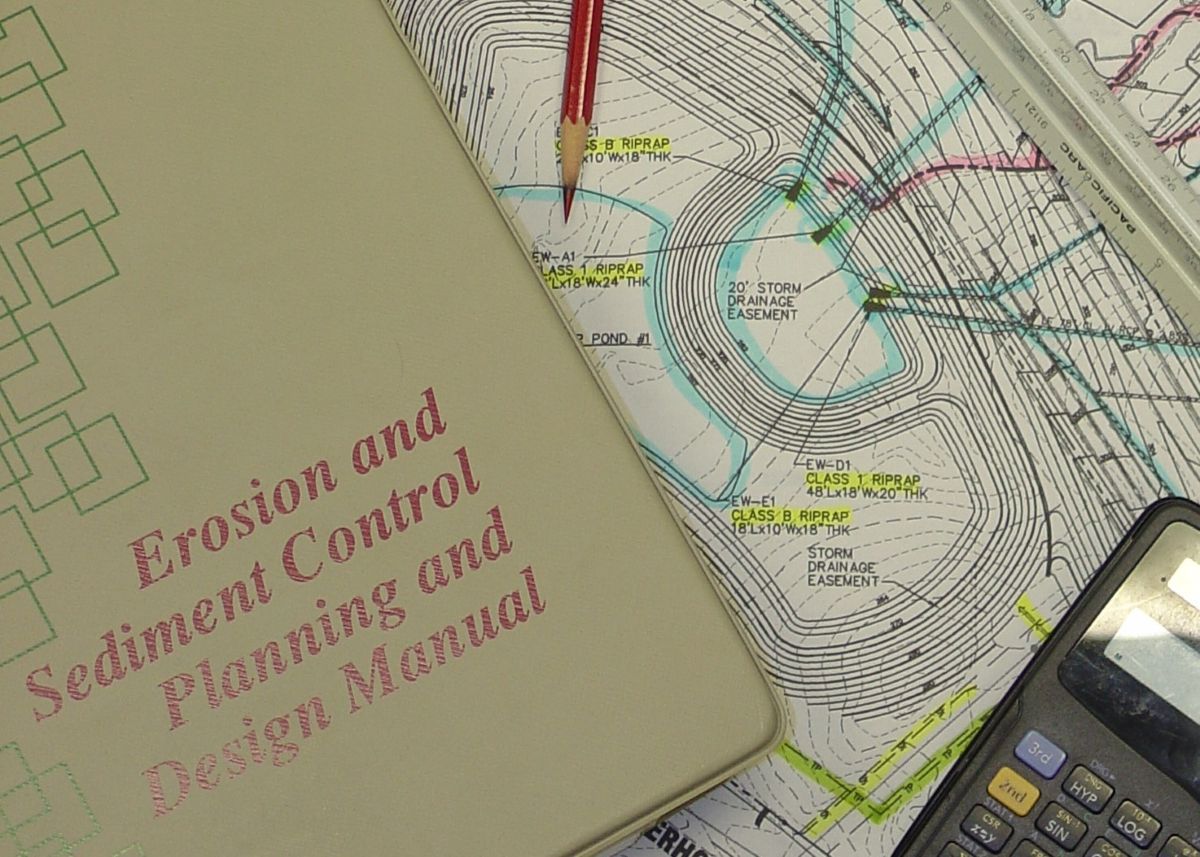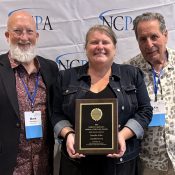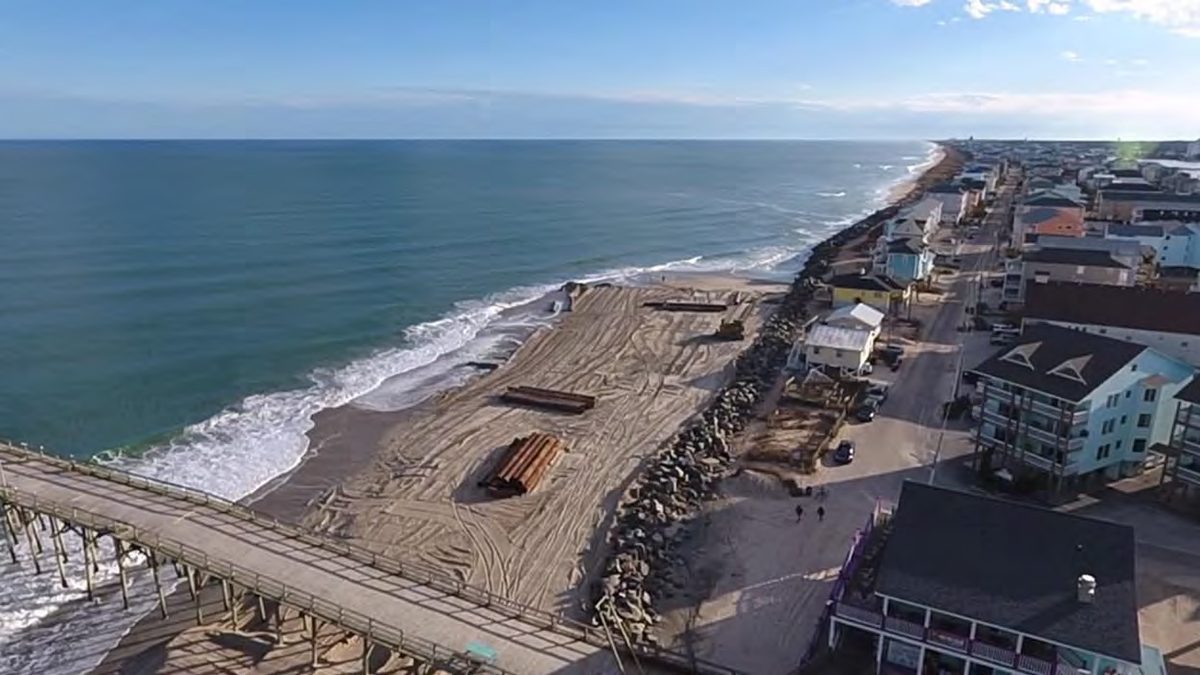
The North Carolina Sedimentation Control Commission, during its meeting Thursday, is to consider continuing to give N.C. Department of Transpiration authority to review and approve erosion and sedimentation control plans for land-disturbing activities.
The meeting is scheduled to begin at 10 a.m. Thursday in the Archdale Building in Raleigh. An agenda and supporting documents can be found on the commission webpage.
Supporter Spotlight
The public may attend in person or join online using the WebEx meeting link. The meeting number is 2429 642 9815 and the password is STOPMUD. Organizers ask those logging on to mute their audio and turn off the video when joining. To listen by phone, call 415-655-0003 and enter the meeting number 2429 642 9815.
The commission was created to administer the state’s Sedimentation Control Program in accordance with the N.C. Sedimentation Pollution Control Act of 1973. The program is “to allow development within our state while preventing pollution by sedimentation,” the webpage explains.
In 1974, the commission and NCDOT came to an agreement that the transportation agency would be allowed to design, review, monitor and train for all aspects of the Erosion and Sedimentation Control Program. The agreement was reviewed and updated in 1991.
NCDOT submitted its annual summary that reviewed projects from July 1, 2024, to June 30, 2025. The state sedimentation engineer based his report on that summary, and the recommendation that NCDOT continues to manage its erosion and sedimentation control program.
Commission members are scheduled to take action on updates and clarifications counsel provided to the memorandum of agreement between local governments and the commission.
Supporter Spotlight
Information items include an update on materials from the Environmental Protection Agency regarding the municipal separate storm sewer system, or MS4, permit changes and the potential impacts to the sediment program.
Staff are to also give an update on the sediment education program, on the land quality section’s current statewide plan approval, inspection and enforcement activities, and current number of vacancies in the land quality section.







